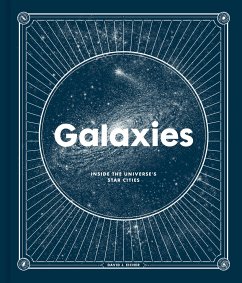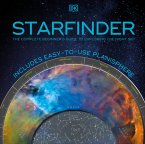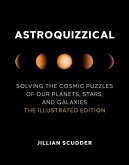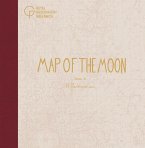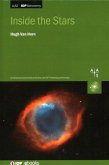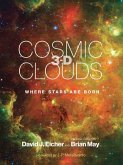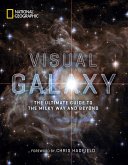Tour the incredible scope of the cosmos as we know it with the editor in chief of Astronomy, featuring jaw-dropping illustrations and full-color photography from the magazine's archives, much of it never before published. "The natural history of the galaxies is majestic and deserves its own David Attenborough. In David Eicher, it may have just found him."-Richard Dawkins Journey to the edges of our galaxy and beyond with one of the most widely recognized astronomy experts as your guide. Delve into the history of stargazing and space observation, learn how black holes power galaxies, and understand the classification of the different galaxy types. This illuminating book-with artful illustrations and never-before-seen space photography-will open your mind to the wonders of the universe that await.
Bitte wählen Sie Ihr Anliegen aus.
Rechnungen
Retourenschein anfordern
Bestellstatus
Storno

